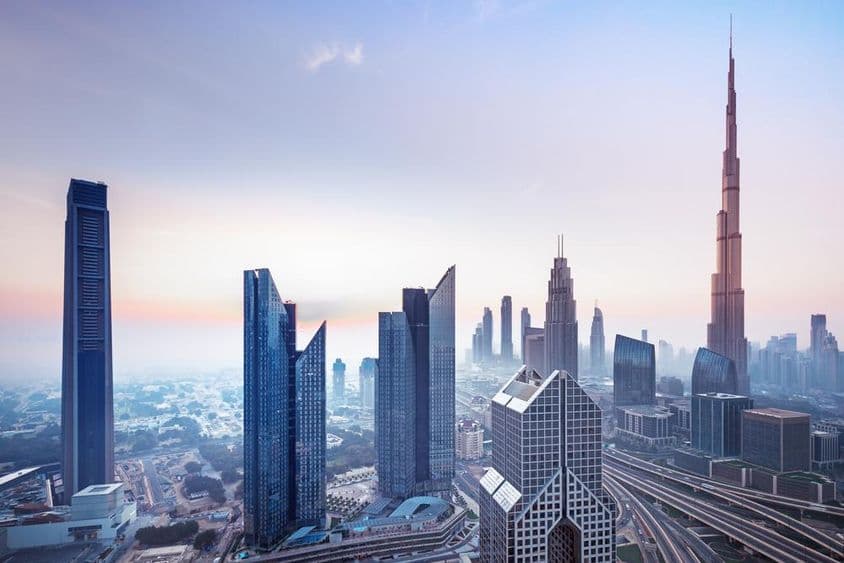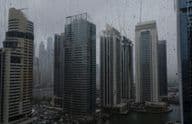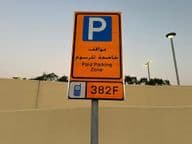Etihad Rail: Transforming UAE Real Estate Market

Etihad Rail's Impact on UAE Property Prices and Rents
Etihad Rail's large-scale project has already garnered significant attention in the UAE real estate market. Property prices and rental rates are expected to rise in areas close to the railway network stations. Although experts suggest these changes will occur gradually, the potential increase could reach up to 15% in certain locations.
According to the CEO of Manifest Real Estate, properties located directly near the train stations could see a value increase of 10-15%, as such infrastructure developments are highly attractive to buyers and renters. Svetlana Vasilieva, head of secondary sales at Metropolitan Premium Properties, highlighted that in areas like Al Jaddaf, prices could rise by 5-7%, while larger apartments could see a growth of up to 10% once the railway is fully operational.
Saadiyat Island is particularly promising, given its well-developed infrastructure and the high demand for properties there. This island is likely to experience a greater increase in value compared to Reem and Yas Islands.
Slow but Lasting Change
The CEO of Metropolitan Capital Real Estate believes that the full impact will unfold over time. Although the immediate impact on property prices is currently limited, substantial growth is anticipated in the long term, especially for properties near railway stations. The convenience provided by Etihad Rail in connecting Dubai and Abu Dhabi makes these locations more appealing to both residents and investors.
Introduction of Etihad Rail
The first fully electric high-speed train of the Etihad Rail network was unveiled on January 23, 2024. The train can travel at speeds of 350 km/h and connects Dubai and Abu Dhabi in just 30 minutes. The route includes six stations, such as Reem Island, Saadiyat Island, Yas Island, and Zayed International Airport in Abu Dhabi, with stations in Dubai at Al Maktoum International Airport and around Al Jaddaf. Additional stations will be located in Fujairah and Sharjah.
Real Estate Market Impacts
According to the vice-president at Bayut, the improved connectivity provided by Etihad Rail could lead to significant property price increases in several areas. Locations like Emaar South, Dubai South, Damac Hills, Nshama, Creek Harbour, and Al Jaddaf are particularly well-positioned, as these developments directly benefit from the new infrastructure.
Drawing parallels from previous trends, Ahmed noted the introduction of the Dubai Metro, which led to substantial price increases in areas like Jumeirah Lakes Towers (JLT) and Dubai Marina. A similar trend is anticipated with Etihad Rail, as the availability of the rail network enhances the attractiveness of these areas.
Improved Quality of Life and Job Opportunities
Etihad Rail not only transforms the real estate market but also impacts residents' quality of life and job opportunities. According to the CEO of TrafQuest transportation technology company, the rail network allows for more convenient commuting between Dubai and Abu Dhabi, creating new residential options and employment opportunities.
The railway could be particularly beneficial for major events, such as Formula 1, as it improves accessibility for both local residents and international visitors. Additionally, stations located near international airports further strengthen business and tourism connections.
Conclusion
Etihad Rail is not just a transportation project but an initiative that will fundamentally shape the future of UAE cities. In addition to increasing property prices and rental rates, the project improves quality of life, enhances city-to-city mobility, and creates new investment opportunities. While the changes will be felt over time, the impacts will be significant in the long term and will undoubtedly contribute to UAE's economic growth and development.
If you find any errors on this page, please let us know via email.


